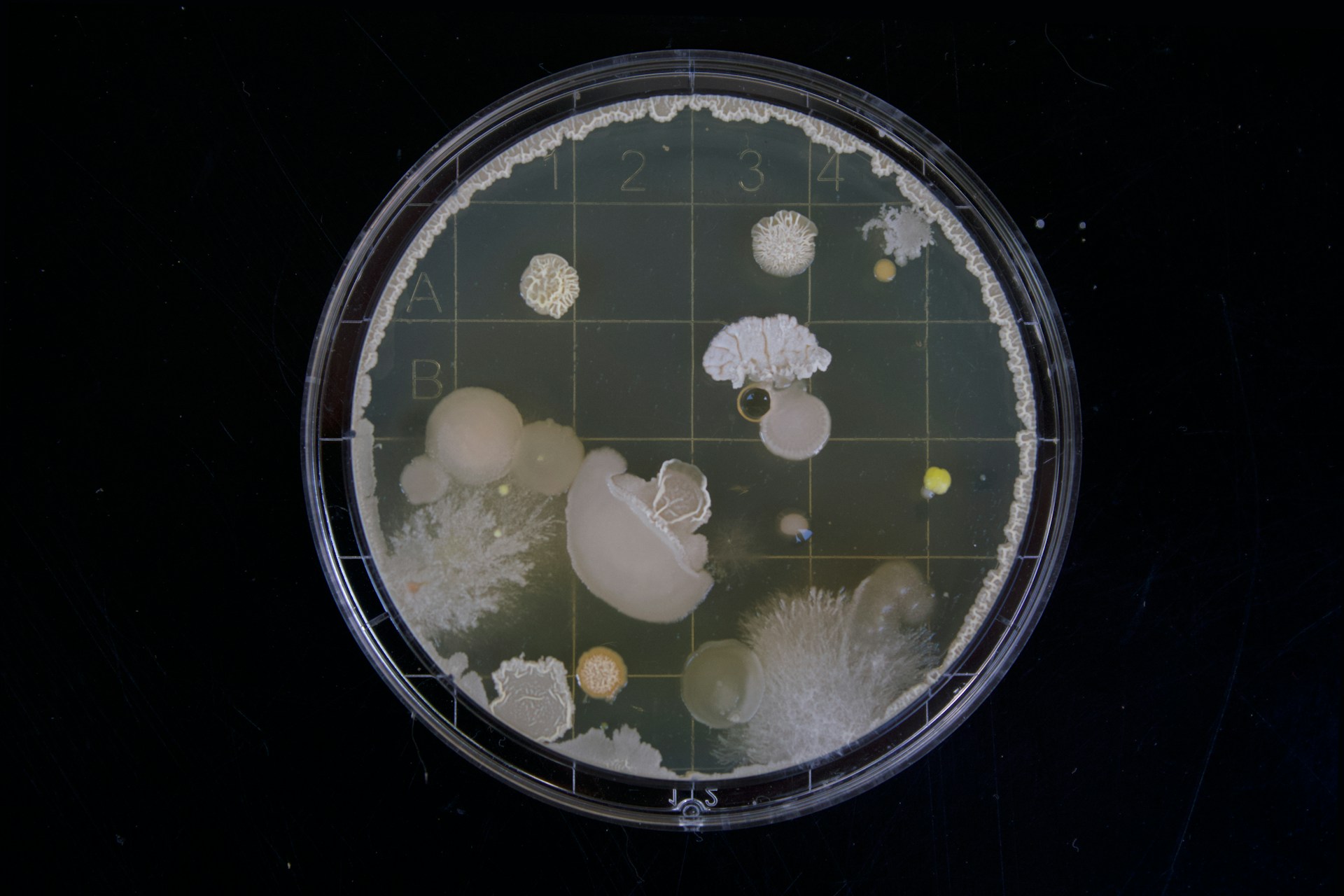New scientific findings have overturned the classical premise between life and death, and these ideas open exciting potential for medical breakthroughs. A mathematical model created by researchers at the University of Tokyo redefines cellular death by focusing on a cell’s ability to return to a functional state, rather than solely on observable characteristics like metabolic activity.
This model provides a concept of ‘controllability’, i.e. whether a cell can return to a ‘representative state of living’.Using “stochastic rays” to quantify the boundary of life and death derived from biochemical pathways and thermodynamic principles, Assistant Professor Yusuke Himeoka and his team analyse enzymatic reactions.Yusuke Himeoka and his team quantify the boundary between life and death based on biochemical pathways and thermodynamic principles. In line with the second law of thermodynamics, this results in a description of dead states as irreversible states for all biochemical processes and from which a recovery is impossible under any conditions.
This theoretical framework is complemented by experimental studies in which cellular functions are revived post-mortem. Splicing an undamaged liver into an artificial heart and lungs in conjunction with a life support system restored brain activity in pigs nearly an hour after death, scientists at Sun Yat-Sen University reported. Brain activity was maintained for up to six hours in this setup, an impressive feat that indicates the liver’s key function in preventing brain damage after a person has been resuscitated from cardiac arrest, and points to new approaches to resuscitation.
These findings resonate with earlier research on the thanatotranscriptome, which examines gene expression after death. Studies have shown that certain genes remain active or are reactivated up to 48 hours post-mortem, indicating that cellular processes persist beyond the organism’s demise.
Together, these developments call into question how we should understand life or death at the cellular level. Integration of experimental evidence with theoretical models not only advances our knowledge of life and death but also has potential for applying to current medical practises, especially those of critical care and organ transplantation. In the future, as research continues, we may discover new ways to preserve and restore cellular functions to improve patient outcomes at risk of life in life threatening conditions.

Hassan graduated with a Master’s degree in Chemical Engineering from the University of Chester (UK). He currently works as a design engineering consultant for one of the largest engineering firms in the world along with being an associate member of the Institute of Chemical Engineers (IChemE).



